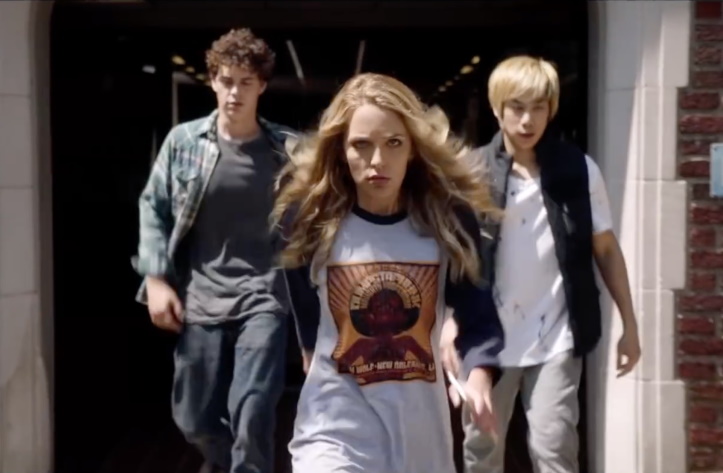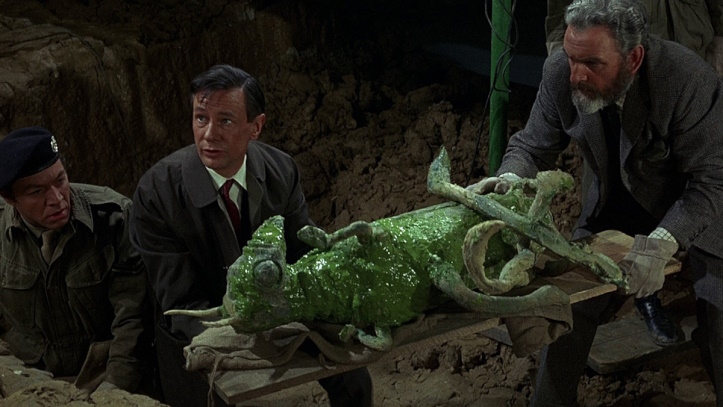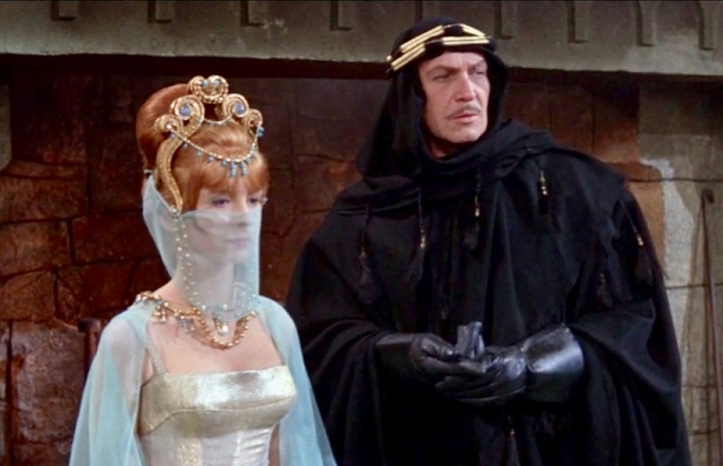
Just because a movie series is made doesn’t mean that it’s as popular, recognized, or acclaimed as others. Some shouldn’t be, as they only milk profits with declining quality, but there are a few that honestly deserve to be remembered more than they are. So today we asked our Mutant staff, “What’s an unsung movie series that deserves more praise?”

I’m going to go with a relatively modern and small series: 2017’s Happy Death Day and 2019’s Happy Death Day 2 U. I feel that both of these got unfairly dismissed as quirky novelty slashers — if they got watched at all. But trust me when I say that these two flicks are incredible gems of creativity, heart, humor, genre-twisting, and scifi homages. Jessica Rothe’s Tree is a character that you’ll initially dislike and then grow to absolutely love as she dominates these time loop flicks. My fingers are still crossed that we get the long-fabled third entry!


If you looking for a good series of films — especially if you’re looking for a decent cult/B-movie experience — it’s really hard to go wrong with the three-movie series of Quartermass. These were British-produced films that are great sci-fi horror even today. The three films, The Quartermass Xperiment, Quartermass 2, and Quartermass and the Pit are absolutely worth your time (but if I was to suggest just one, it would be Quartermass and the Pit). Ahead of it’s time, still captivating, solid cult movie foundation. There’s also a BBC series that preceded the movies!


Roger Corman’s Poe films. Corman gets plenty of guff from some people over his couch change filmmaking. Even when the Academy finally deigned to recognize him in 2010, it was more for how he was the first to hire some of the biggest names in Tinseltown back when they were unemployable nobodies (or in the case of Ron Howard, a former child actor no one would take seriously).
Now granted, the bulk of his filmography is schlocky trash (if frequently entertaining schlocky trash). However, the seven (eight if you want to count The Haunted Palace since AIP marketed it as one, even though it’s based off a Lovecraft novella) Poe adaptations he made for American International Pictures back in the 1960s are on a completely different level of quality.
First and foremost is how Corman has a genuine love for Poe, and it shows in these productions. Also, four of the screenplays were written by Richard Matheson, who is not your typical AIP hack. All but The Premature Burial star Vincent Price, who can elevate any movie or TV show simply by being there. Finally, there’s the production design. Sets and props in Corman films (particularly the earlier ones) have a reputation for looking like they could have been taken from an Ed Wood movie. But for the Poe films, everything looks faaaaab-u-looooouuuuus.
So next time you meet someone who disses Corman, arrange for that person to be hauled off to an undisclosed location to be fitted into one of those Clockwork Orange rigs. Then play one of the Poe films (I recommend The Masque of the Red Death), making sure you pause at the director’s credit for a good long gawk.


I’m going to go with the Ginger Snaps trilogy here. Using lycanthropy to explore the themes of adolescence, separation, and the bonds of sisterhood, Ginger Snaps leaned into its subject matter and found a receptive cult audience.
Unfortunately, the two sequels went somewhat unseen.
Deviating from both the themes and setting of the original film, Ginger Snaps 2: Unleashed delves into the aftermath suffered by Brigitte (Emily Perkins) as she attempts to fight her own lycanthropic transformation, while being haunted by the ghost of Ginger (Katharine Isabelle). It’s a much darker film, replacing the original’s dark humor with bleak nihilism, and suffered for it at the box office. And that’s a shame, as it’s a fine film on its own. There’s always a danger in making a sequel: stick too close to the original and you’re effectively just indulging in a remake, but veer too far from it and audiences may stay away. And the latter is what happened to Ginger Snaps 2: Unleashed.
Ginger Snaps Back: The Beginning went even further adrift, taking viewers back to 19th century Canada for a more traditional werewolf movie. Isabelle and Perkins return, this time as ancestors of their original characters, but the lackluster box office of the second film meant this one went straight to DVD, and it never got the chance to find an audience.
So despite a strong start the Ginger Snaps series petered out quickly. Which is too bad, as each film is effective in its own way. Ginger Snaps of course came at the lycanthropy angle with a fresh take, but the sequels had their own stories to tell and never fell back into simply rehashing the first film. It’s a loose series, to be sure, but also one ready for reappraisal.